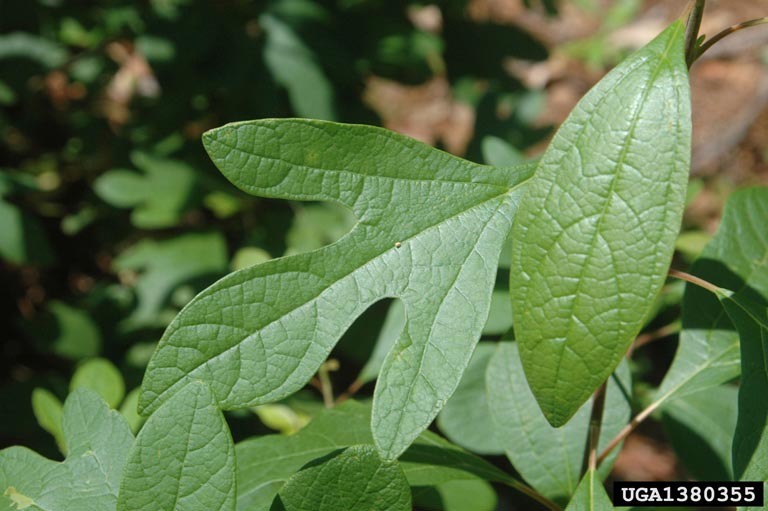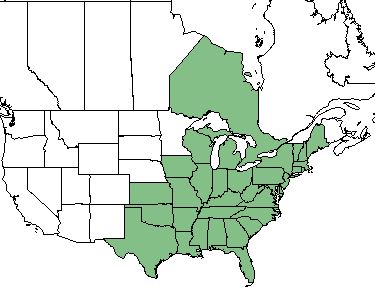Difference between revisions of "Sassafras albidum"
(→Ecology) |
(→Ecology) |
||
| Line 35: | Line 35: | ||
The tree prefers low pH soils. <ref name= "USDA"> [https://plants.usda.gov/core/profile?symbol=CEAM USDA Plant Database]</ref> | The tree prefers low pH soils. <ref name= "USDA"> [https://plants.usda.gov/core/profile?symbol=CEAM USDA Plant Database]</ref> | ||
<!--Natural communities, human disturbed habitats, topography, hydrology, soils, light, fire regime requirements for removal of competition, etc.--> | <!--Natural communities, human disturbed habitats, topography, hydrology, soils, light, fire regime requirements for removal of competition, etc.--> | ||
| − | + | ===Phenology=== | |
| + | March is the primary month for ''S. albidum'' to flower. <ref name= "Pan Flora"> [http://www.gilnelson.com/PanFlora/ Pan Flora]</ref> | ||
| + | <!--Timing off flowering, fruiting, seed dispersal, and environmental triggers. Cite PanFlora website if appropriate: http://www.gilnelson.com/PanFlora/ --> | ||
<!--===Seed dispersal===--> | <!--===Seed dispersal===--> | ||
<!--===Seed bank and germination===--> | <!--===Seed bank and germination===--> | ||
Revision as of 14:40, 29 May 2018
| Sassafras albidum | |
|---|---|

| |
| Photo by Chris Evans, University of Illinois, Bugwood.org hosted at Forestryimages.org | |
| Scientific classification | |
| Kingdom: | Plantae |
| Division: | Magnoliophyta - Flowering plants |
| Class: | Magnoliopsida - Dicots |
| Order: | Laurales |
| Family: | Lauraceae |
| Genus: | Sassafras |
| Species: | S. albidum |
| Binomial name | |
| Sassafras albidum (Nutt.) Nees | |

| |
| Natural range of Sassafras albidum from USDA NRCS Plants Database. | |
Contents
Taxonomic Notes
Synonym: S. albidum var. molle (Rafinesque) Fernald
Variety: none
Description
S. albidum is a perennial shrub/tree of the Lauraceae family that is native to North America. [1]
Distribution
S. albidum is found throughout the eastern United States as far west as Texas and Kansas, as well as Ontario, Canada. [1]
Ecology
Habitat
Habitats for S. albidum include forests, old fields, disturbed areas and even fencerows. [2]
The tree prefers low pH soils. [1]
Phenology
March is the primary month for S. albidum to flower. [3]
Use by animals
The fruit produced by the tree is commonly eaten by animals and in turn disperse the seeds. Such animals include, quail, wild turkeys, kingbirds, crested flycatchers, mockingbirds, sapsuckers, pileated woodpeckers, yellowthroat warblers, and phoebes. Other animals will eat the fruit, bark and wood as well; black bears, beavers, rabbits, and squirrels. Also, deer will forage in the foliage. [1]
Diseases and parasites
Insects will eat the entire leaves and the plants can develop root rot is they are in an environment with wet clay soil. [1]